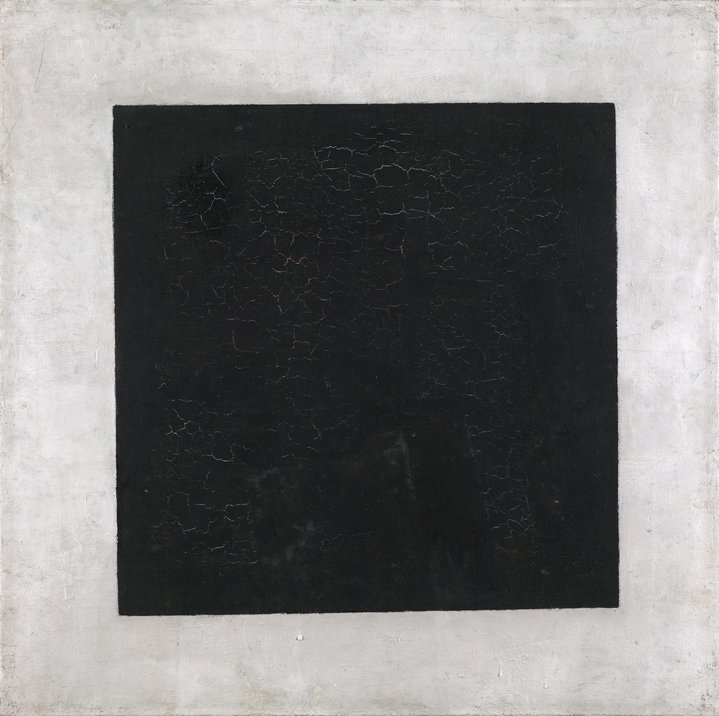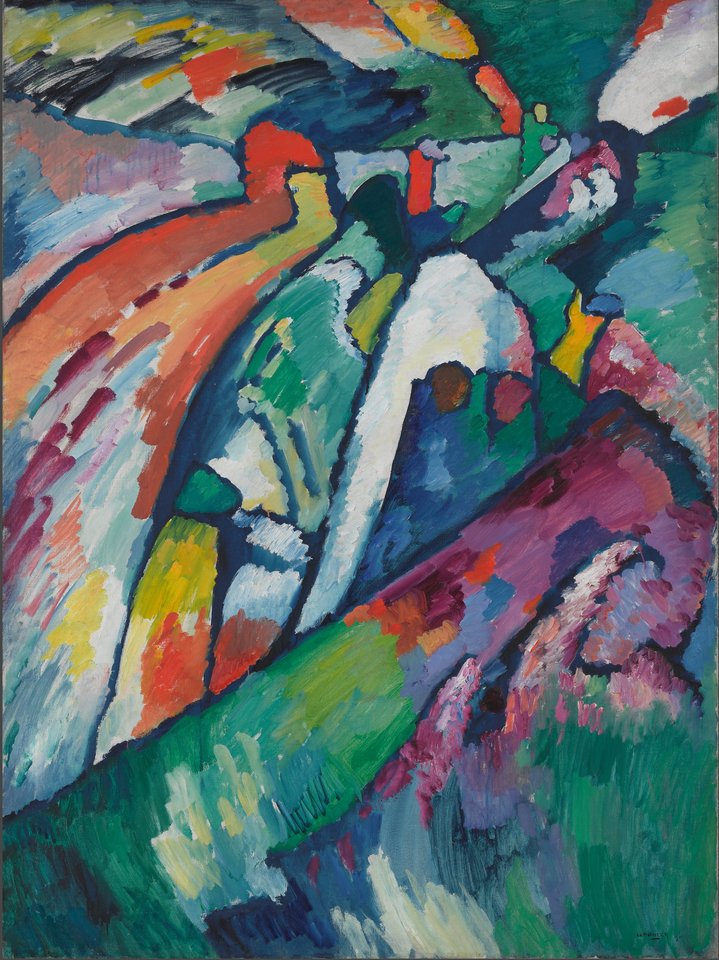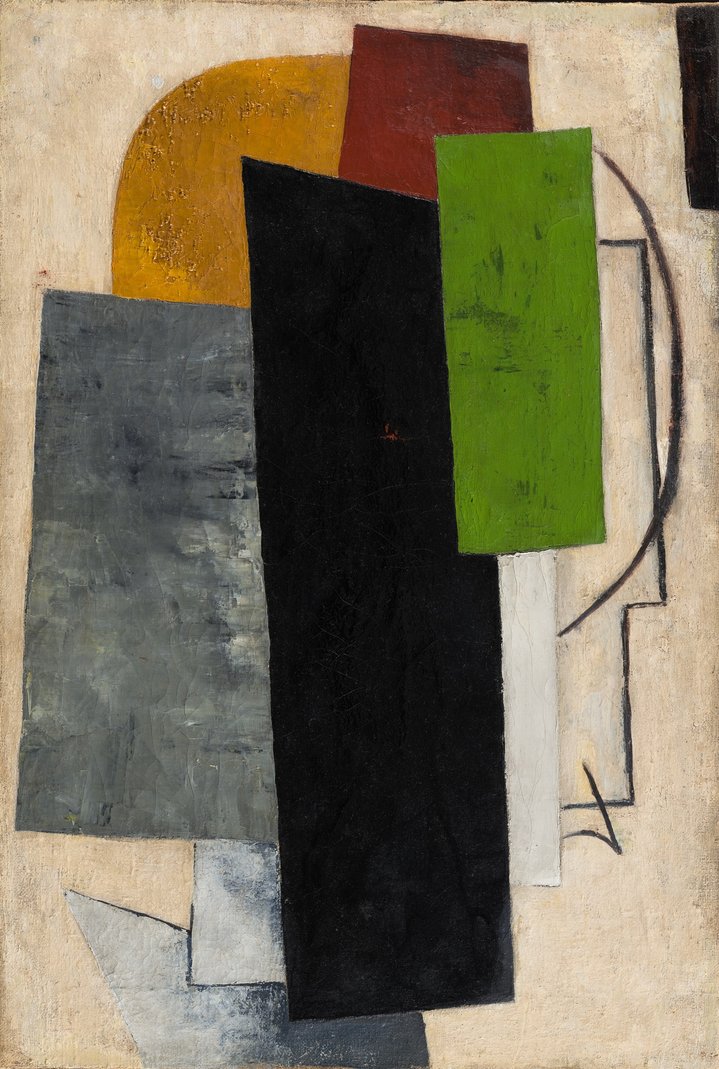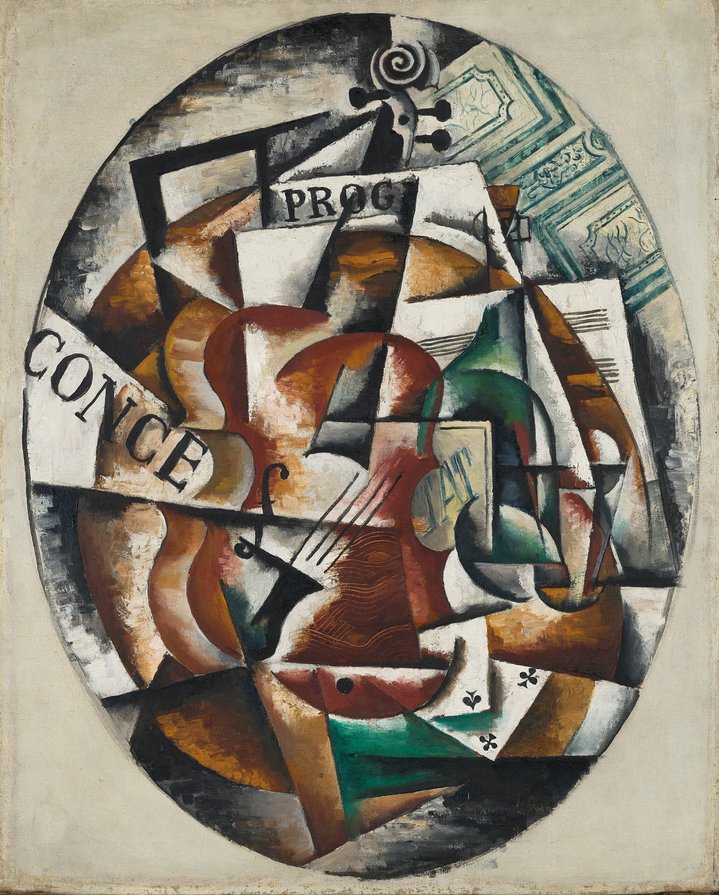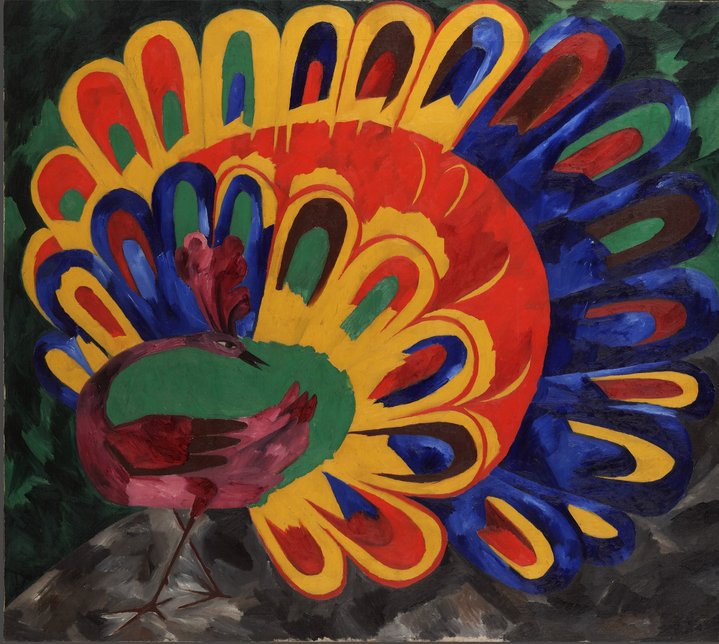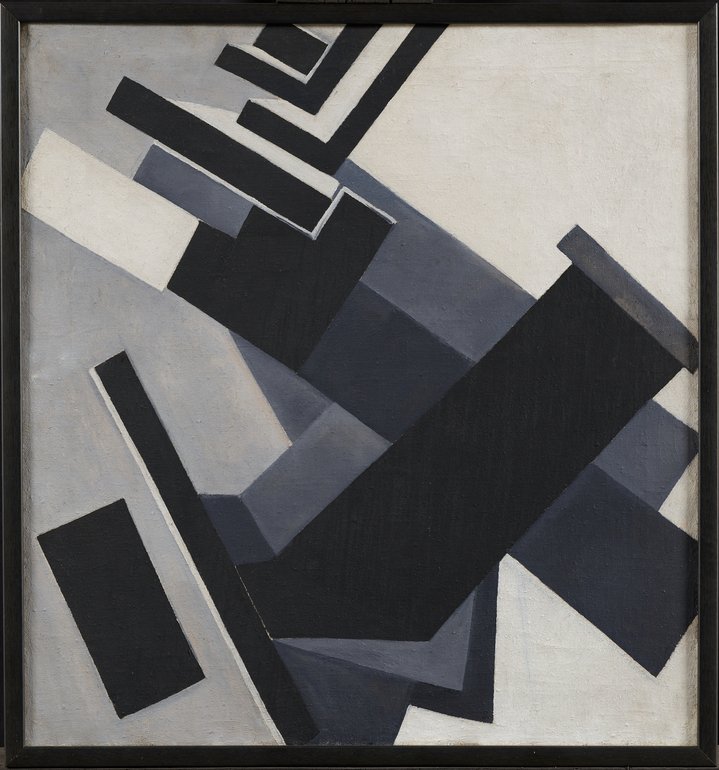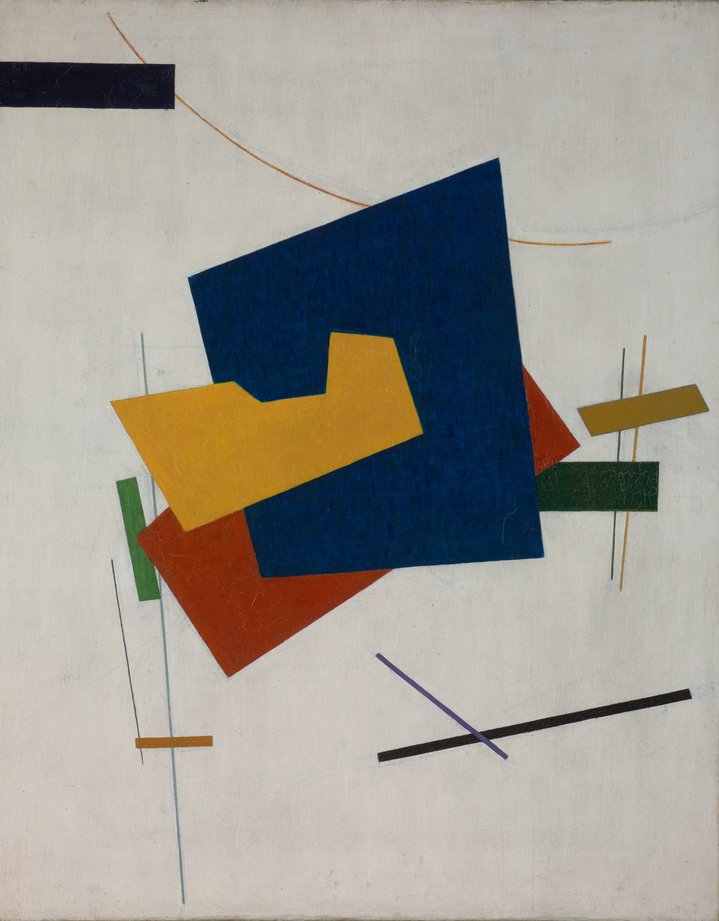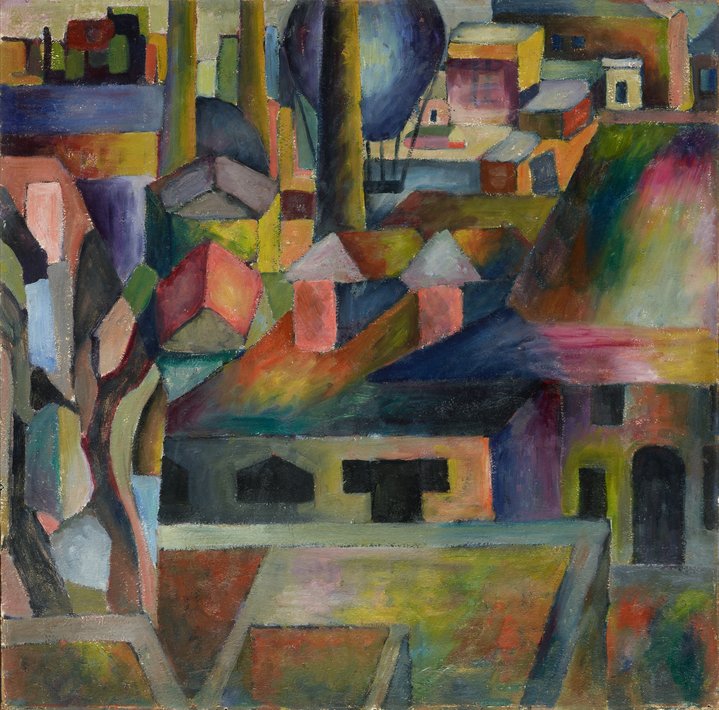What's in a name?

Sergey Luchishkin. Coordinates of the ratio of the picturesque masses. Abnormal. The work is analytical, 1924. Oil on plywood. The State Tretyakov Gallery
The long-forgotten story of the world’s first modern art museum which opened in Russia 10 years before its American rival.
This October, the Museum of Modern Art in New York reopened to the public after a $450-million renovation project, which included a major extension and radical rehang of its permanent collection. The reopening coincided with the museum’s 90th anniversary. Since its founding in 1929, MoMA has largely been seen as the pioneering model for modern art museums around the world, being the first of its kind. What few people know is that a museum of modern art was established in Soviet Russia a whole decade earlier.
That Soviet museum was founded in Moscow in 1919 by a group of Avant-Garde artists, including Wassily Kandinsky (1866-1944), Kazimir Malevich (1879-1935), Vladimir Tatlin (1885-1953) and Alexander Rodchenko (1891-1956), who saw themselves, in the words of Kandinsky, as “proletarians of the paintbrush”.
The ambitiousness of their project was immense. Not only was the museum meant to house a collection of the most significant contemporary art, but also to be a tool for educating the masses in aesthetics and spreading the message of revolution. In addition to the Moscow museum, 22 regional offshoots sprung up in cities and towns across the Soviet Union.
In December 1918, the People’s Commissar of Enlightenment, Anatoly Lunacharsky, approved an acquisition list that ranged from the works of artists such as Realist painter Sergei Malyutin (1859-1937) to avant-garde sculptors like Antoine Pevsner (1884-1962). Between 1918 and 1920, the museum acquired 1,926 works by 415 artists, who were in all paid over 26 million roubles for their works. At the time, the average monthly salary in Russia was 600 roubles.
The museum was born out of political aspirations, but it was that same force that also destroyed it. There were quibbles over every aspect of the museum, down to its very name. (It was variously called the ‘Museum of Pictorial Culture’, the ‘Museum of Artistic Culture’ and the ‘Museum of the Culture of Painting’, all of which sounded as strange in Russian as they do in English, something they had in common with the names of many early Soviet institutions.) Crucially, there were major ideological disagreements over the nature of the collection: Malevich believed the museum should acquire more works in mediums other than painting, Rodchenko that there should not be any European artists in the collection, and Tatlin that the selection should be based not on individual taste, but “on the principle that [museums] truly represent in full the best examples of the artists produced by nation.”
Over the course of a decade, the Museum of Pictorial Culture slowly disappeared, first becoming a branch of the Tretyakov Gallery, then a mere department, and finally ending up in crates hidden in museum vaults for decades. By 1929 – the year that MoMA was founded – that Soviet museum had been completely dissolved. The Stalinists had won the battle against “Formalism” and the only accepted style became Socialist Realism. This autumn, however, its memory has been resurrected. To mark what would have been the museum’s centenary, the State Tretyakov Gallery is staging an exhibition dedicated to its short-lived existence. It is based largely on the records left behind by artist Solomon Nikritin (1898-1965), who compiled an extensive archive about the museum, thanks to which we can gain an insight into this extraordinary and little-known part of Soviet cultural history.
Museum of Pictorial Culture. To the 100th Anniversary of the First Museum of Contemporary Art
Moscow, Russia
23 October 2019 – 23 February 2020






